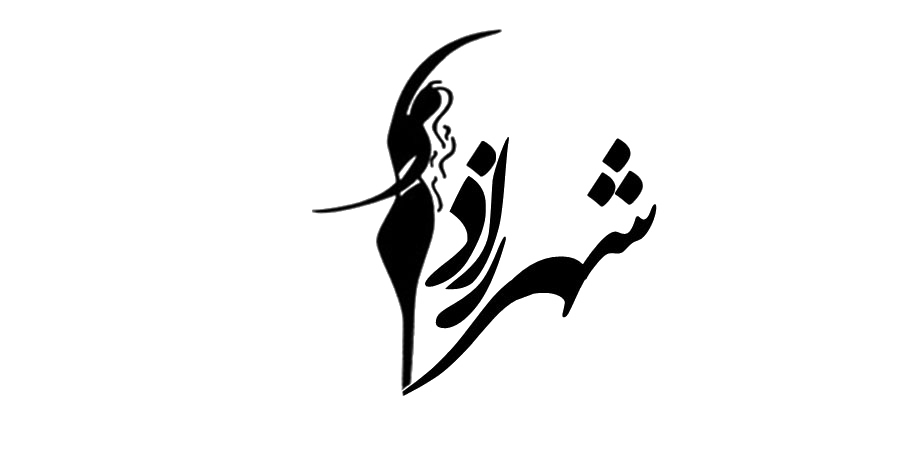
-

Persian Dance- in Perspective The Non-Persian perspective
If I had a nickel for every time, someone, I talked to referred to Persian dance as “belly dance”, I’d be traveling around the world in my own private jet. It’s no wonder that we Persians get so excited when someone non-Persian speaks a word of Farsi or even recognizes that Persians speak Farsi and not Arabic.
-

Persian Dance The Struggle for Identity
Persian dance seems to be an obscure genre, often confused with other more popular Middle Eastern dance styles, such as Egyptian belly dance. In fact, the majority of Westerners are under the impression that Persian dance is synonymous with belly dance, which in Iran is referred to as Raghs-e Arabi or Arabic dance.
-

Dance and Iranian society–values and expectations
Dance has had a history of being considered a “low-class” activity, and at best a frivolous hobby. Traditionally, a professional dancer, who although might be hired and appreciated for his/her talents, would not receive much respect from the community. Perhaps this is the reason this particular art form- as opposed to others such as, poetry, painting
-

Neither Here Nor There
When I was a dance major at San Francisco State University two decades ago, I was proud to attend a university with a unique dance program. SFSU was one of few universities that actually recognized “Ethnic Dance” as a legitimate dance form to study. The dance department hosted classes in Capoeira, Flamenco, Congolese, and Afro- Haitian, in addition to Jazz, Ballet, and Modern dance classes
-

A Practice-Inspired Mindset for Researching the Psychophysiological and Medical Health Effects of Recreational Dance (Dance Sport)
“Dance” has been associated with many psychophysiological and medical health effects. However, varying definitions of what constitute “dance” have led to a rather heterogenous body of evidence about such potential effects, leaving the picture piecemeal at best.

